
The Volta region's contested history as part of Ghana has come to the fore again after a recent referendum.
On 27 December 2018, Ghana held six referenda to demarcate new regions. In six areas around the country, voters had the opportunity to decide whether to become part of new administrative zones.
President Nana Akufo-Addo argued that redrawing the borders would allow the government to "become closer to the people, and, thereby, facilitate rapid development". He suggested that the creation of additional regions would strengthen local economies as well as enhance investment and infrastructure-building.
In the end, it was a landslide. About 99% across the six referenda voted in favour of being part of new regions.
Not everyone, however, was happy. In the Volta Region, where people in the northern half voted to split off as the Oti Region, the vote was tense. The Council of Chiefs representing the dominant Ewe subgroup in the southern part of the region opposed the referendum, calling it " a threat to the cherished peace we have enjoyed over the years in the Volta Region".
In the run-up to the ballot, 1,000 extra security personnel had to be deployed and journalists were banned.
Changing borders
The Volta Region has a complex history. The area traditionally inhabited by the Ewes was first demarcated in the 1880s when it became part of Togoland, a German protectorate. After the First World War in which Germany was defeated, the British and French cut Togoland in half. The western side became British Togoland, the eastern side French Togoland. The Ewe people found themselves split.
In 1956, when Ghana was on the verge of becoming independent, British Togoland held a vote on whether to join with Ghana or remain separate. The result was starkly divided. In the two southernmost districts, where the Ewe are the majority, people overwhelmingly favoured staying separate, with many demanding eventual reintegration with French Togoland. In the northern and central districts, voters opted for integration.
Overall, however, the vote came out 58% in favour of becoming part of Ghana. British Togoland was incorporated into the newly-independent nation and its southern districts became the Volta Region. Four years later, French Togoland became independent Togo.
In response to ongoing Ewe dissidence in Ghana, successive governments cracked down on activists, forcing thousands to flee to Togo, and allegedly limited the influence of Ewe civil servants and politicians. As a consequence, the major proponents of reintegration with Togo continued their campaigns from across the border. However, when backing from the Togolese state dried up in the 1970s, the dream of reunification seemingly evaporated with it, along with much anti-Ghana discourse from the Volta Region. At least until 2018.
The referendum
The referendum last December reignited some of these historical grievances and demands. Ewe leaders criticised the vote and the fact that only residents of the new regions under proposal had a vote. Some activists alleged that the referendum had nothing to do with national development, but was a way of appeasing the Guan people, a subgroup of the majority Akans, who reside in the Oti Region. Professor Dzigbodi-Adjimah has previously cautioned against this possible descent into towards a "one dialect, one region" system.
These frustrations grew, leading to disputes between chiefs in the north and south, violent clashes between youth groups, and the re-emergence of a secessionist movement. It also precipitated the emergence of the Coalition of Volta Region Groups made up of eight organisations whose demands range from secession to better integration in Ghana. The alliance declared, in no uncertain terms, that successive governments had "not only failed our united empire region" but repeatedly "tried to turn the people in the region against one another through obnoxious and unbefitting policies".
As my 2018 paper on nationalisms in the region suggests, pro-Volta groups may now be perfectly poised to leverage prevailing public opinion arising from this contested referendum. The Concerned Citizens of Volta Region, for instance, is demanding regional development and greater political engagement but for the region as a whole (i.e. Volta and Oti together). They point to the splitting up of the Ghana's Upper Region in 1987, which they say did not accelerate development.
Future of the regions
In the newly-formed Oti Region and many of the others, there is unbridled optimism. But the challenge for Ghana's government will now be to keep pace with these expectations.
This could prove tough. Can we really expect to see immediate economic improvement when previously-promised infrastructure projects are yet to be realised? How will the government fund the development of six new regions without neglecting the current ten? If local development was the priority, what was stopping the government from investing in these areas prior to 27 December?
President Akufo-Addo's ability to answer these questions and make a success of the six new regions could prove crucial to his prospects in the 2020 general elections. At the same time, he now faces the thorny issue of backlash from the Volta Region whose level of resistance he did not see coming.
History has repeated itself as the Ewe people have again seen the borders around them change against their will, causing the most unrest seen in the area for decades.
Read Full Story

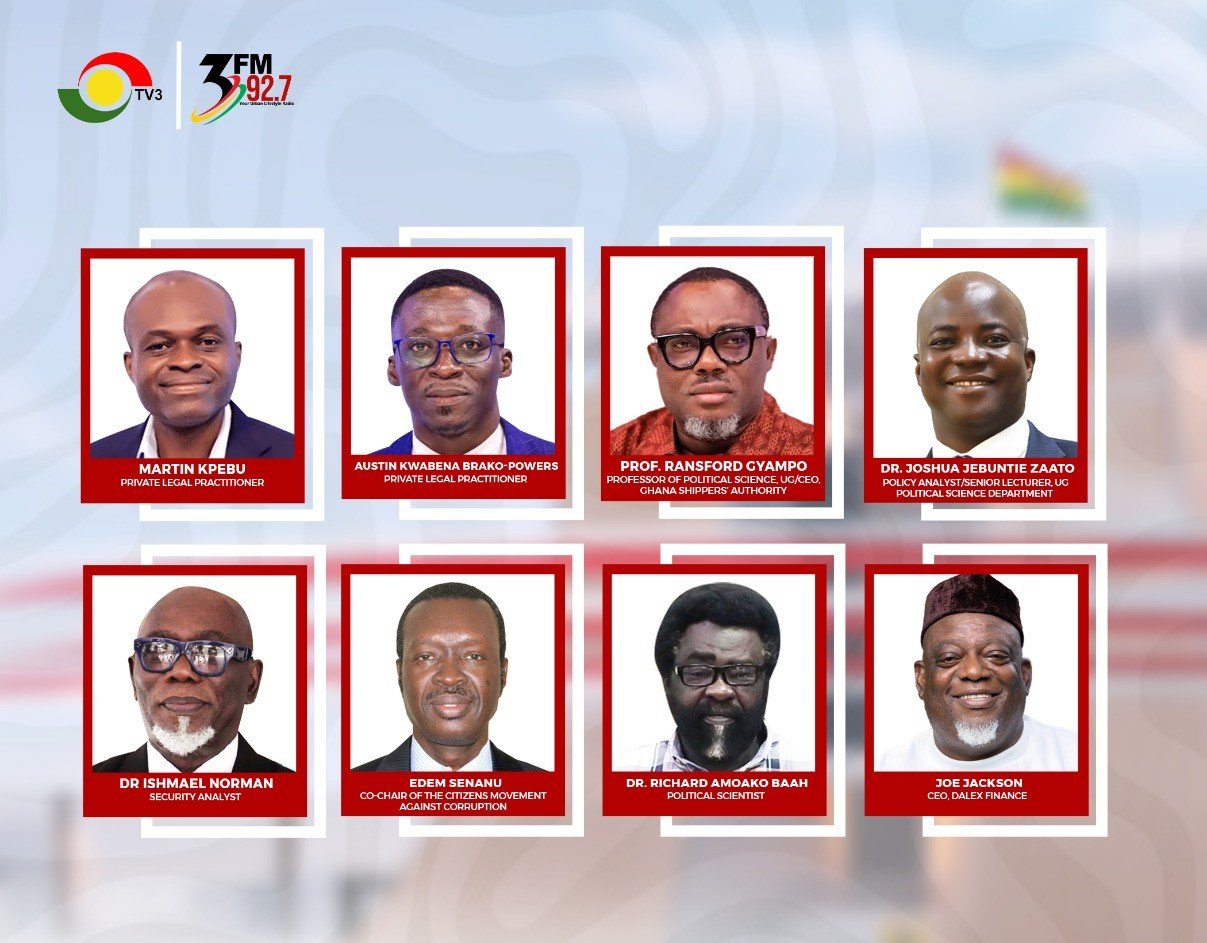
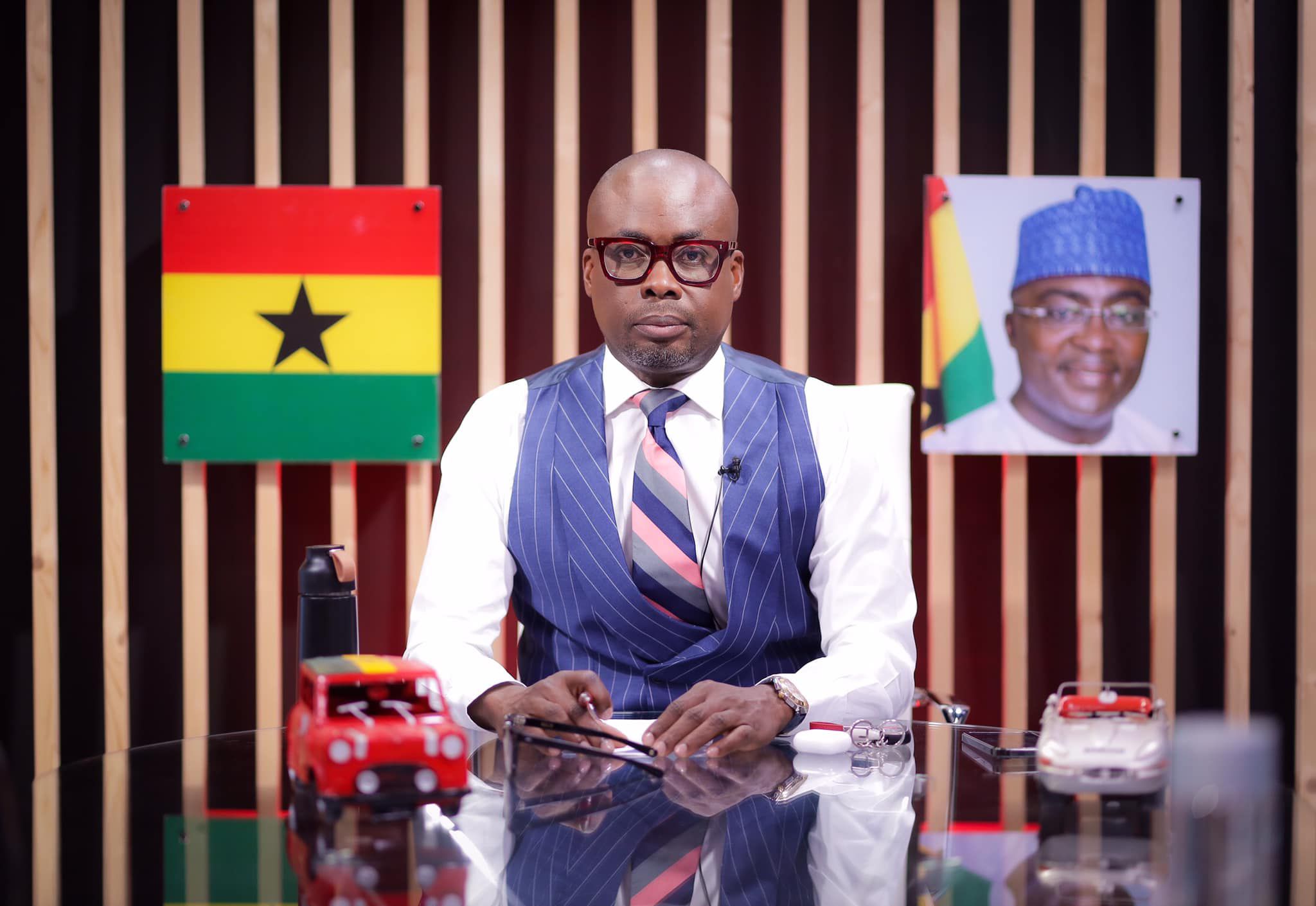


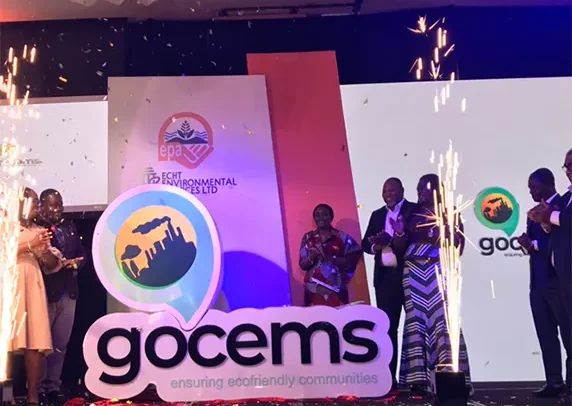




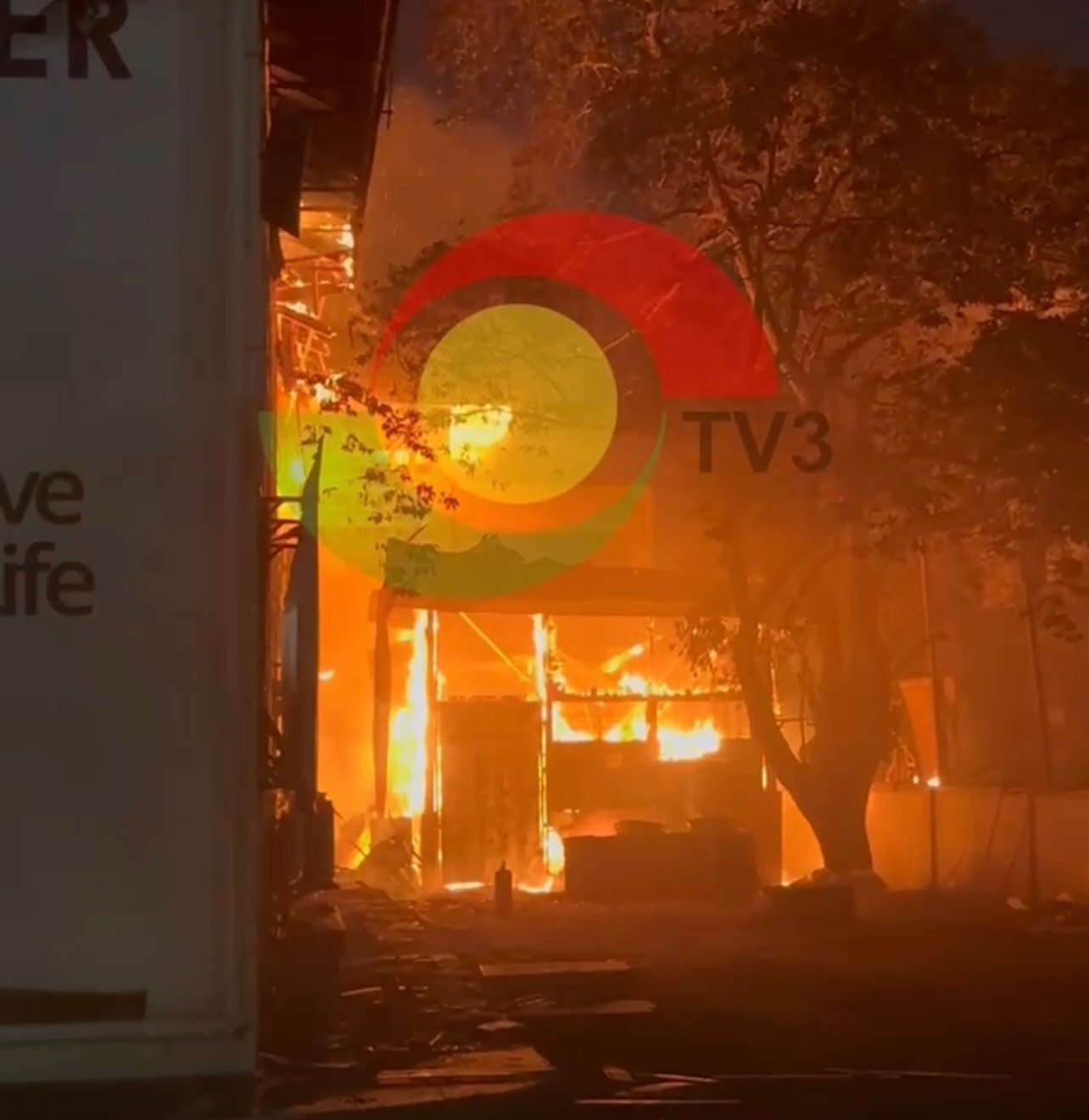
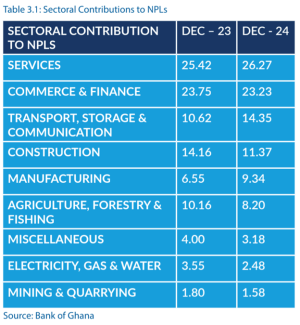
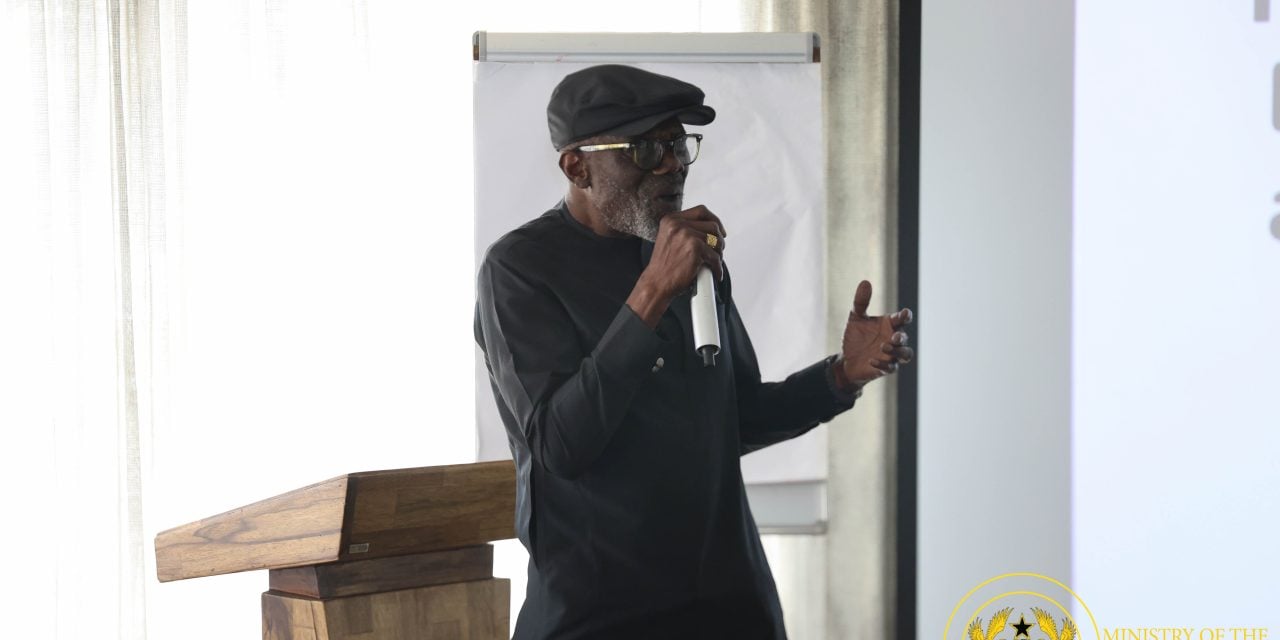
Facebook
Twitter
Pinterest
Instagram
Google+
YouTube
LinkedIn
RSS